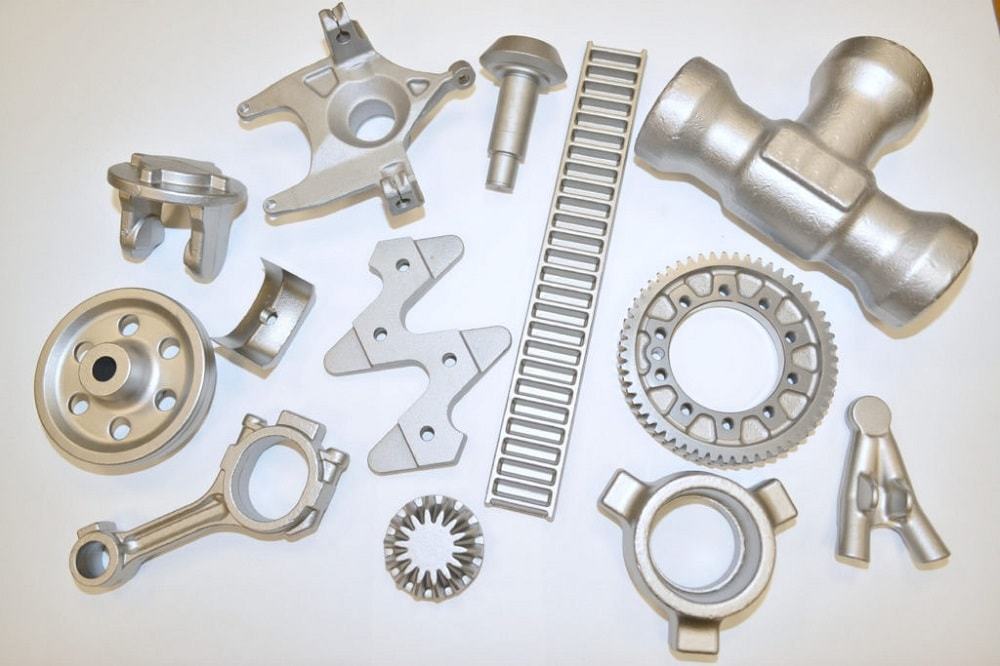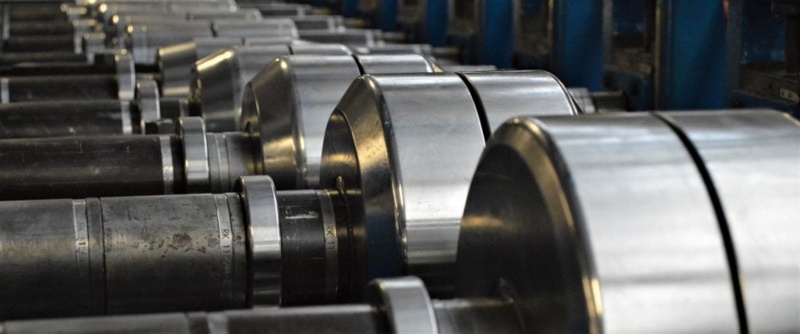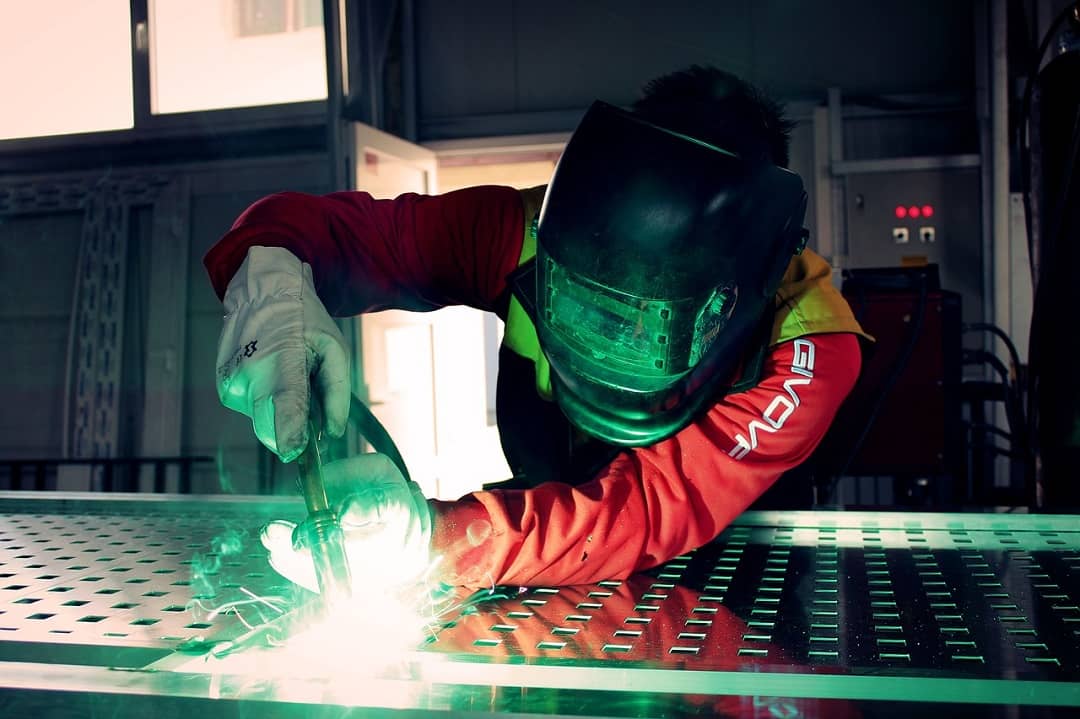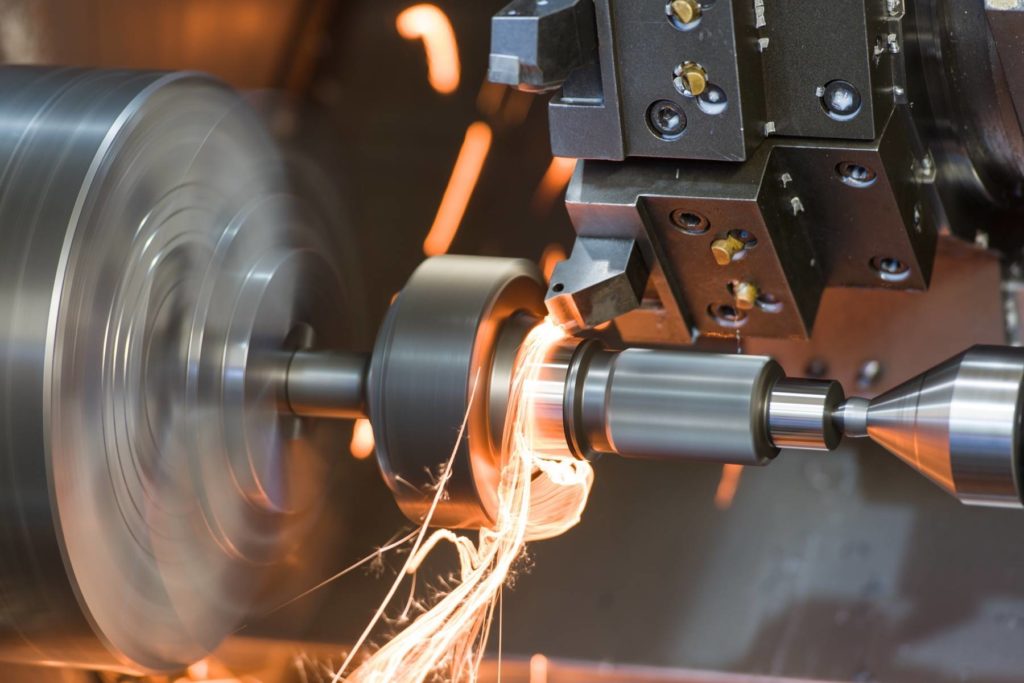What Are The Types of Metal Fabrication in 2023-24
Metal fabrication stands as a dynamic and essential procedure encompassing the crafting of metal structures, components, and objects by employing techniques such as cutting, shaping, and assembling diverse raw materials. This versatile discipline holds a central position in various industries, spanning construction, automotive, aerospace, and manufacturing. Within the confines of this article, we aim to navigate the intriguing realm of metal fabrication, scrutinizing its diverse types while illuminating the unique techniques and applications linked with each.

1. Cutting Processes:
1.1. Traditional Cutting:
Traditional cutting methods have been the foundation of metal fabrication for centuries. Techniques like sawing and manual shearing involve the use of handheld tools to cut through metal sheets or bars. While these methods are fundamental, advancements in technology have introduced more precise and efficient cutting alternatives.

1.2 Plasma Cutting:
Plasma cutting employs a high-velocity jet of ionized gas to melt and expel metal, resulting in precise and clean cuts. This method is particularly effective for cutting through thick metal sheets and is widely used in industrial applications.
1.3. Laser Cutting:
Laser cutting utilizes a focused laser beam to cut through metal with unparalleled precision. This method is renowned for its ability to produce intricate designs and is commonly employed in industries requiring high-precision components, such as aerospace and electronics.
2. Forming and Shaping Processes:
2.1. Press Brake Forming:
Press brake forming involves bending and shaping metal sheets using a press brake machine. This method is instrumental in creating various geometric shapes and is widely used in the production of brackets, panels, and enclosures.

2.2. Rolling:
Rolling is a versatile process that involves passing metal sheets or bars through sets of rollers to achieve desired shapes. This method is commonly used in the production of cylindrical components like pipes and tubes.
2.3. Stamping:
Stamping is a high-speed manufacturing process where a die is used to shape metal sheets by applying significant force. This method is prevalent in mass production and is utilized for creating precision components like automotive parts.
3. Joining Processes:
3.1. Welding
Welding is a fundamental metal fabrication process that involves the fusion of two or more metal pieces. Various welding techniques, such as MIG (Metal Inert Gas) and TIG (Tungsten Inert Gas), cater to different material types and thicknesses, making welding a versatile joining method.

3.2. Brazing:
Brazing is a joining process that utilizes a filler material with a lower melting point than the base metals. This method is suitable for joining dissimilar metals and is commonly employed in the production of heat exchangers and plumbing components.
3.3. Soldering:
Soldering involves melting a filler material (solder) to join metal components. While not as strong as welding, soldering is widely used in electronics and jewelry fabrication due to its lower heat impact on delicate materials.
4. Machining Processes:
4.1. Milling:
Milling is a machining process that uses rotary cutters to remove material from a workpiece. This precise method is employed in creating complex shapes and surfaces on metal components.

4.2. Turning:
Turning involves rotating a workpiece on a lathe while a cutting tool shapes the material. This process is commonly used for cylindrical components like shafts and bushings.
4.3. Drilling:
Drilling is a metal fabrication process that involves creating holes in metal using a drill bit. This fundamental technique is essential in various applications, from simple fabrication to complex machining processes.
5. Additive Manufacturing:
5.1. 3D Printing:
Additive manufacturing, commonly known as 3D printing, is revolutionizing metal fabrication. Layer by layer, metal powder is fused to create intricate and customized components, reducing material waste and allowing for unparalleled design flexibility.

Conclusion:
Metal fabrication encompasses a diverse range of processes, each with its unique characteristics and applications. From traditional cutting methods to advanced additive manufacturing techniques, the evolution of metal fabrication continues to shape the way industries design and produce metal components. As technology advances, the field is likely to witness further innovations, pushing the boundaries of what is possible in the fascinating world of metal fabrication.
READ MORE: WHAT IS BUTTON HEAD SCREWS , AND PROPERTIES , APPLICATIONS
READ MORE: How to start a new startup business on Deepawali 2023




